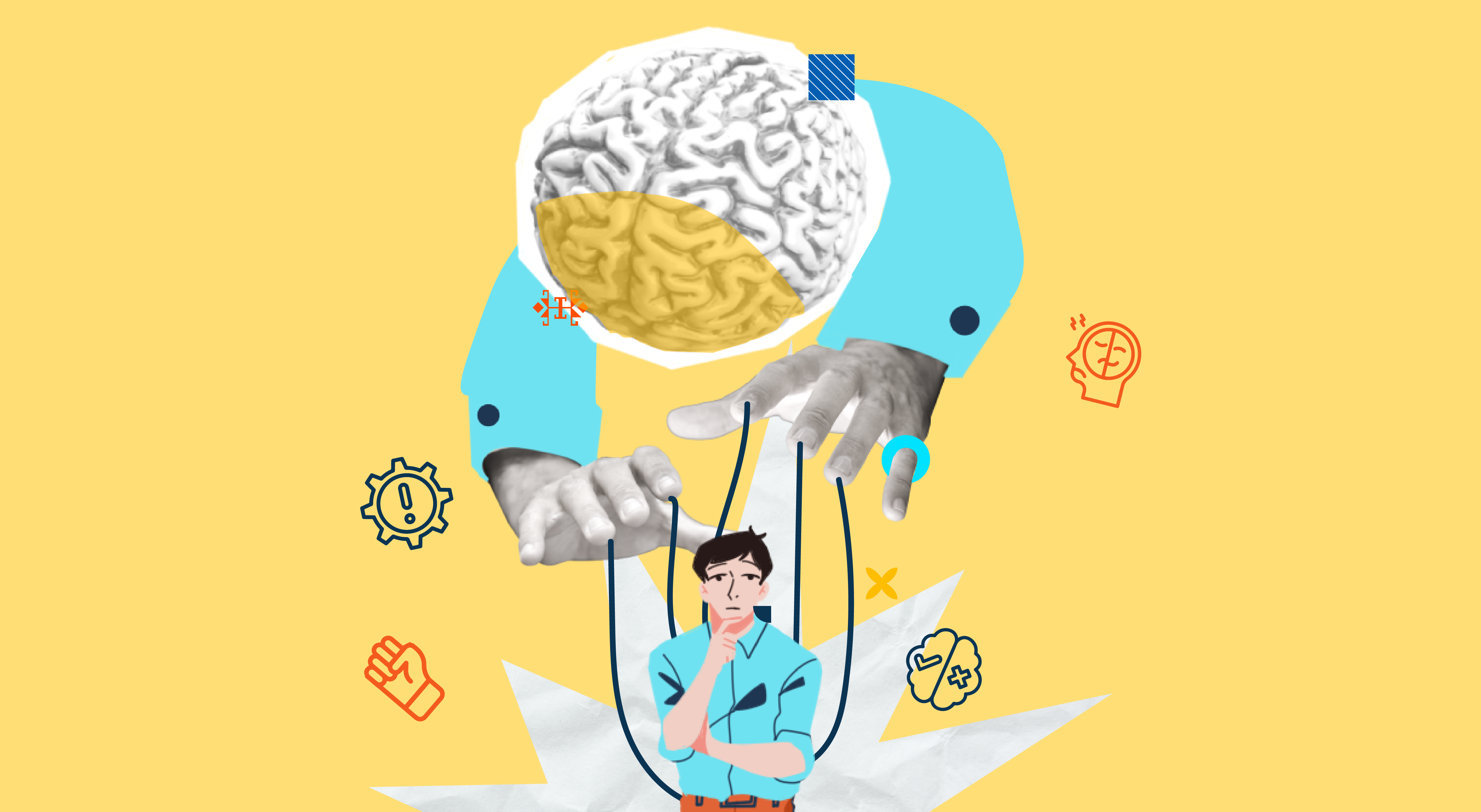When we discuss ways to intervene in countering violent extremism, we see trends that can end up oppressing radicalised individuals. Not to mention, the source of intervention programs comes from negative peace perspectives based on the security scope of social and political science. In this article/post, we will focus on intervention designated for convicts or returnees that comes from another perspective, one based on the humanist approach combined with the neurosciences.
Empathy-building is an essential component of this humanistic approach. Neuroscience studies also support how empathy helps people make decisions. A study conducted in Barcelona regarding radicalised individuals determining when their sacred values are threatened found that when an individual is socially excluded, their left inferior frontal gyrus (IFG) shows higher activities regarding sacred values than non-sacred values (Pretus et al., 2018).

Source: https://www.frontiersin.org/articles/10.3389/fpsyg.2018.02462/full
In addition, the level at which individuals have a willingness to die is supported by how the dorsolateral prefrontal cortex or (DLPFC, associated with reasoning and cost-benefit calculation) activity decrease and ventromedial prefrontal cortex (vmPFC, associated with subjective valuation) activity increase when sacred values are threatened (Pretus et al.., 2018).
 Source: https://www.frontiersin.org/articles/10.3389/fpsyg.2018.02462/full
Source: https://www.frontiersin.org/articles/10.3389/fpsyg.2018.02462/full
Empathy-building could come into play when these activities occur as it could help balance their brain activities. Empathy-building should target the PFC and IFG part of the brain that controls emotional and behavioral control. The evidence can be found in a study conducted with an incarcerated population that found that they lack or have low levels of empathy (Saladino et al., 2021).
We need to create socio-cultural, empathy-based interventions (such as parent-children communication, convict and victim communication, and educational activities to regulate emotion) relatable to the individuals. These kinds of interventions could balance the reasoning and rule processing inside their brain. Eventually, balanced brain activities could make them refrain from doing violent activities.
Source:
- Saladino, V., Lin, H., Zamparelli, E., & Verrastro, V. (2021). Neuroscience, empathy, and violent crime in an incarcerated population: A narrative review. Frontiers in Psychology, 12. https://doi.org/10.3389/fpsyg.2021.694212
- Pretus, C., Hamid, N., Sheikh, H., Ginges, J., Tobeña, A., Davis, R., Vilarroya, O., & Atran, S. (2018). Neural and behavioral correlates of sacred values and vulnerability to violent extremism. Frontiers in Psychology, 9. https://doi.org/10.3389/fpsyg.2018.02462
- Nafees Hamid Ph.D. Candidate, & Clara Pretus Postdoctoral Fellow in Psychiatry and Legal Medicine. (2022, February 9). The neuroscience of terrorism: How we convinced a group of radicals to let us scan their brains. The Conversation. Retrieved July 5, 2022, from https://theconversation.com/the-neuroscience-of-terrorism-how-we-convinced-a-group-of-radicals-to-let-us-scan-their-brains-114855

